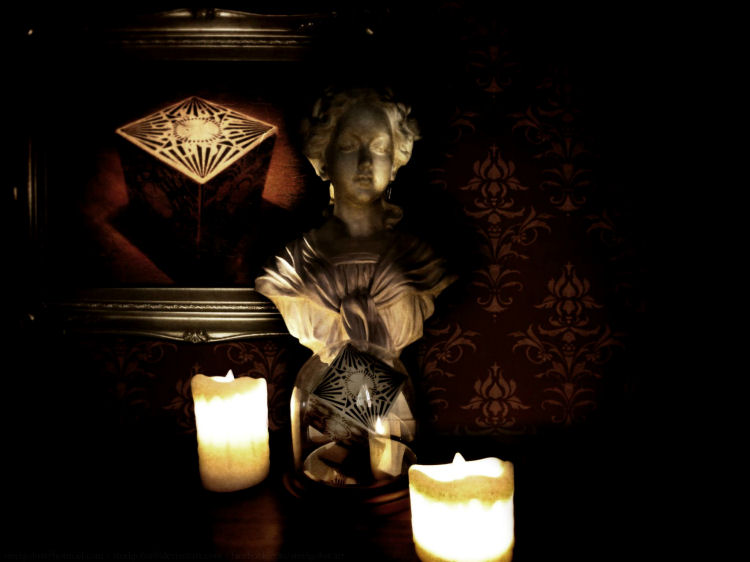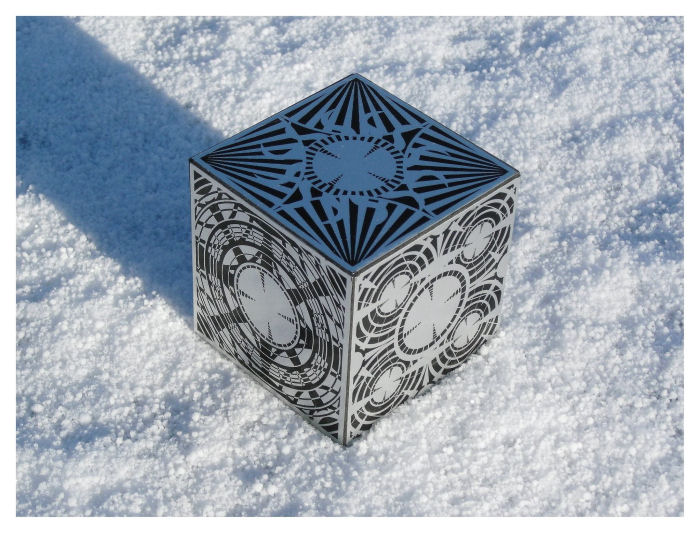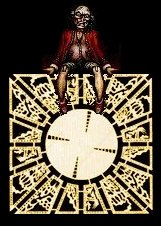ALBERTUS MAGNUS'
Et Ad Daemones Ducit
"The Box of Gateways"
Box art and written research by Steelgohst
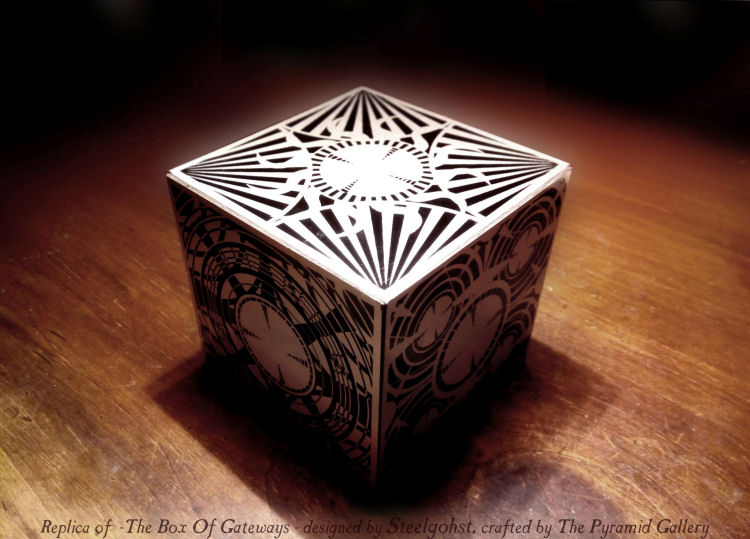
|
The
"Box of Gateways" has
defied all attempts to pin it to a
historical date - it is white gold inlaid onto a black
stained
oak base and unusual in that it has no runes or text or other markings
on its faces, just pure geometric design.
"The Box of Gateways" Photo by Steelgohst, 2014 All that is known as fact is that the box was found in 1998 in a house in the center of England when new home owners cleaned out their loft. It was later sold on a well known Internet auction site (as a post 1900 paperweight) where it raised a total of £78 (GBP)... the box of Gateways was then subsequently re-sold via private Auction in Paris for a little under three quarters of a million dollars to an anonymous American buyer. |
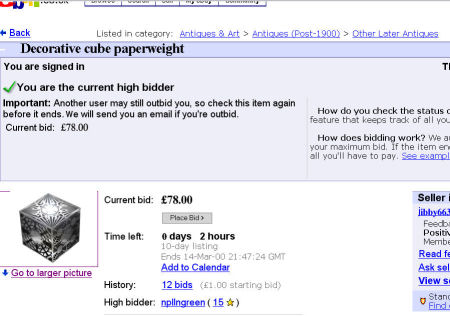
| Some three years later in late 2003 the American owner of the box dissapeared and his estates were auctioned (including the box) in order to pay off his huge debts, most of which seem to have accrued in the final two years of his life. The current whereabouts of the box are unknown. |
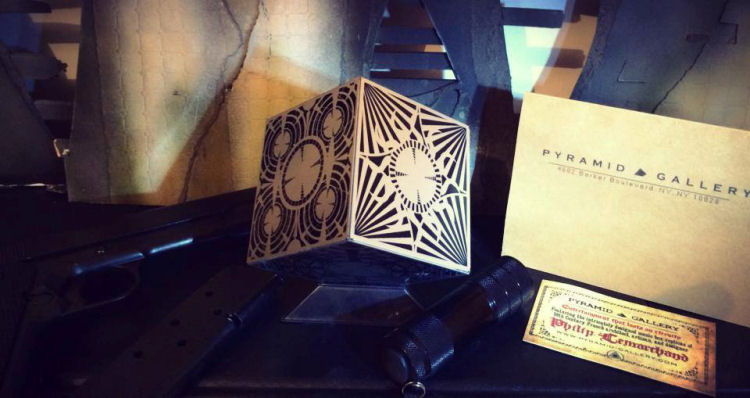
|
Editor's Addendum: Albertus
Magnus is
said to have used The
Box of Gateways
to a perform a feat of magic for his friends who he had gathered
together for a garden party at his house in Cologne.
|
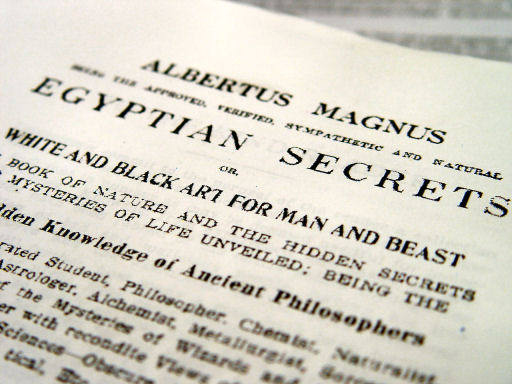
| In 1749, Philip LeMarchand obtained Albertus Magnus' Et Ad Daemones Ducit - "The Box of Gateways" from Monsieur de Moret: |
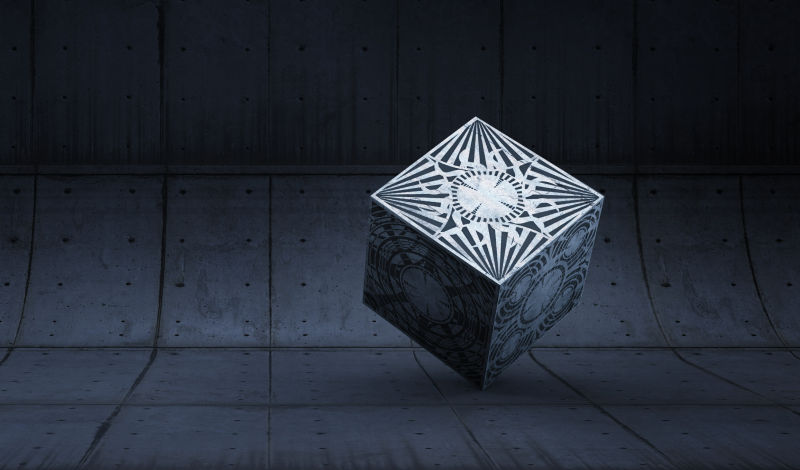
Photo by Derek Prospero
|
"...Msr. de Moret excused himself from the room momentarily, and returned holding a box which I recognized immediately. Monsieur de Moret noted my expression and grinned knowingly. It is the box which Albertus Magnus created. I purchased both the pages and the box at considerable cost, requiring that I offer my architectural services when I am returned to New York." - The Journal of Philip LeMarchand, August 5th, 1749 |
.
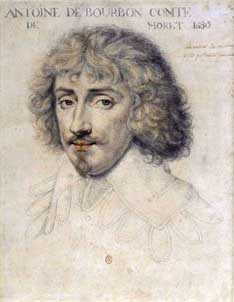
| There
have been a few speculations that Monsieur de Moret is one and the same
person as Comte Antoine de Moret, son of Henry IV of France, given
birth by one of the King's many mistresses, Jacqueline de Bueil. The 25 year old Count of Moret was supposedly killed at the battle of Castelnaudary, but persistent rumors declared that he had escaped to live to a ripe old age. Given that Antoine de Moret was born in the early seventeenth century (1607), he would indeed have been rather ripe (142 years old) by the time of his meeting with the young LeMarchand in 1749. |
